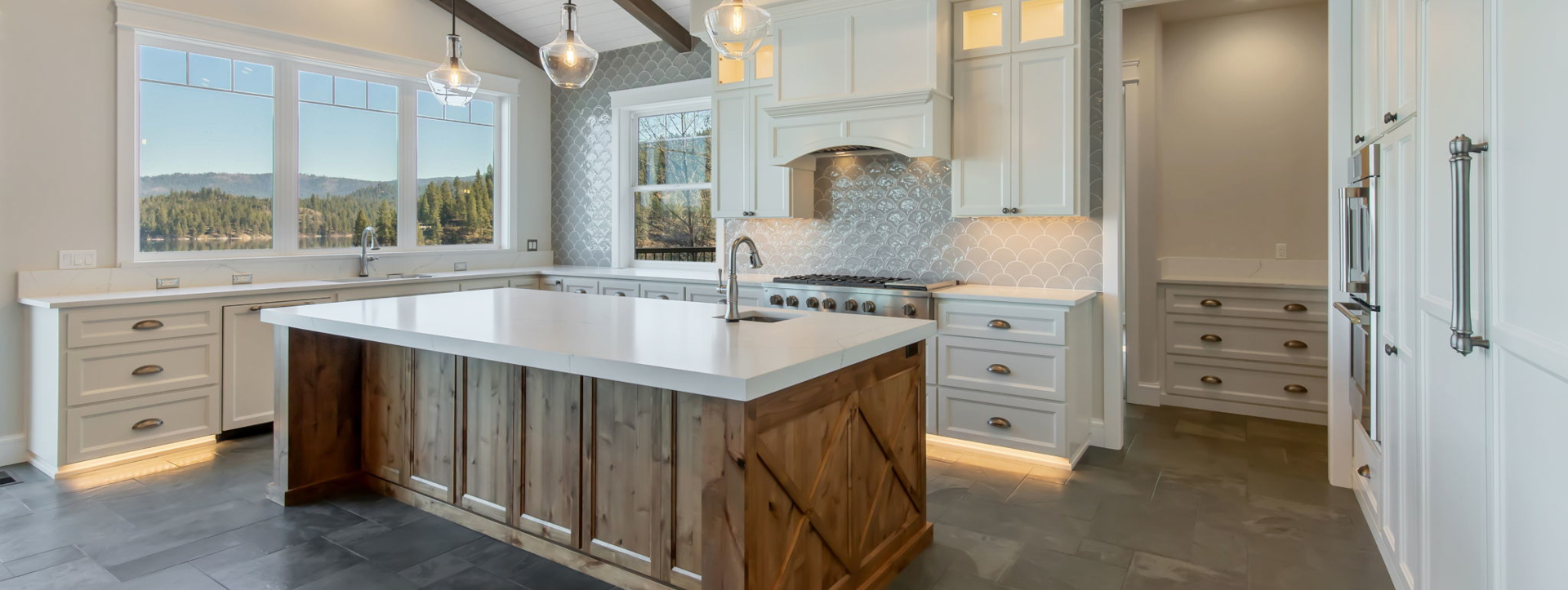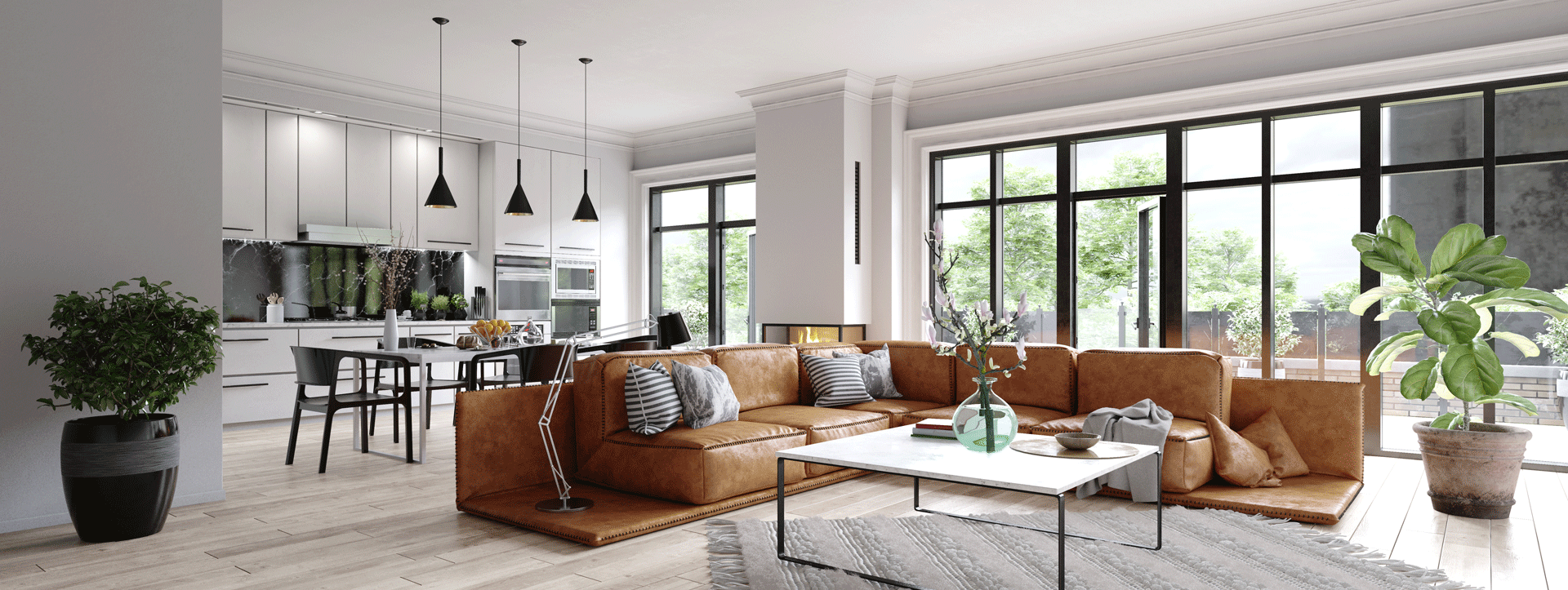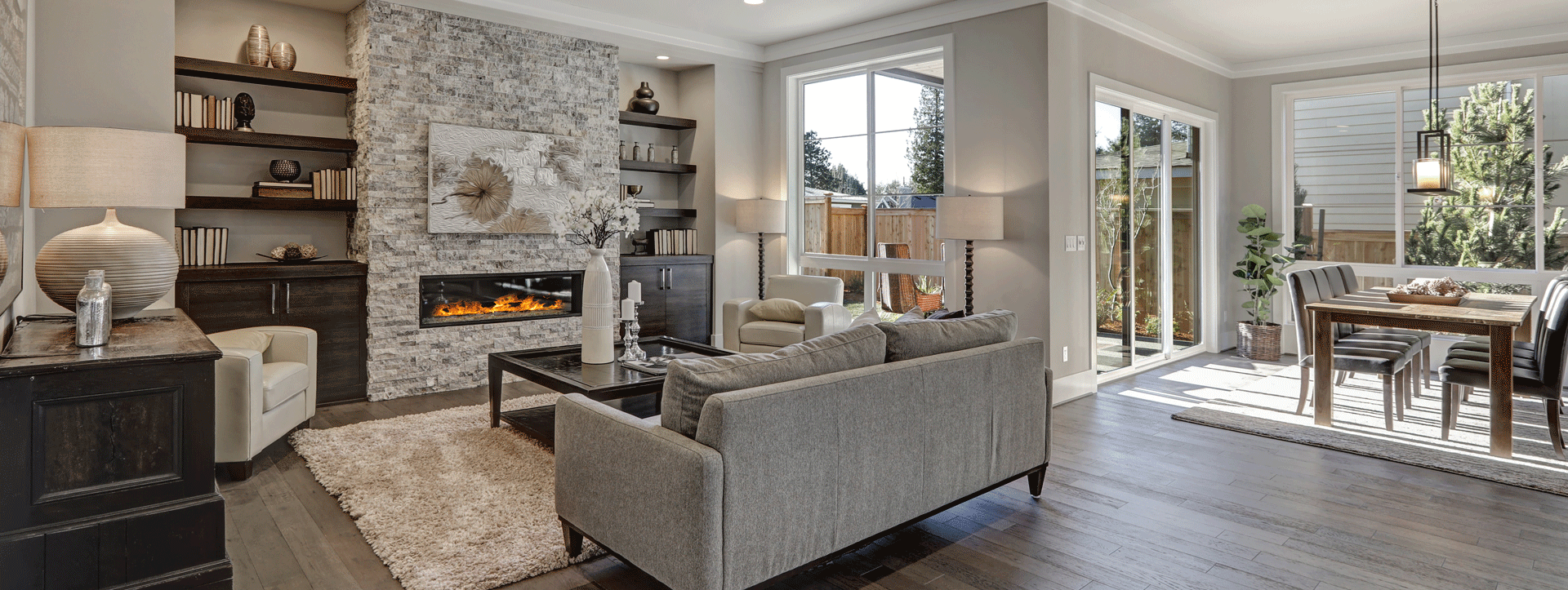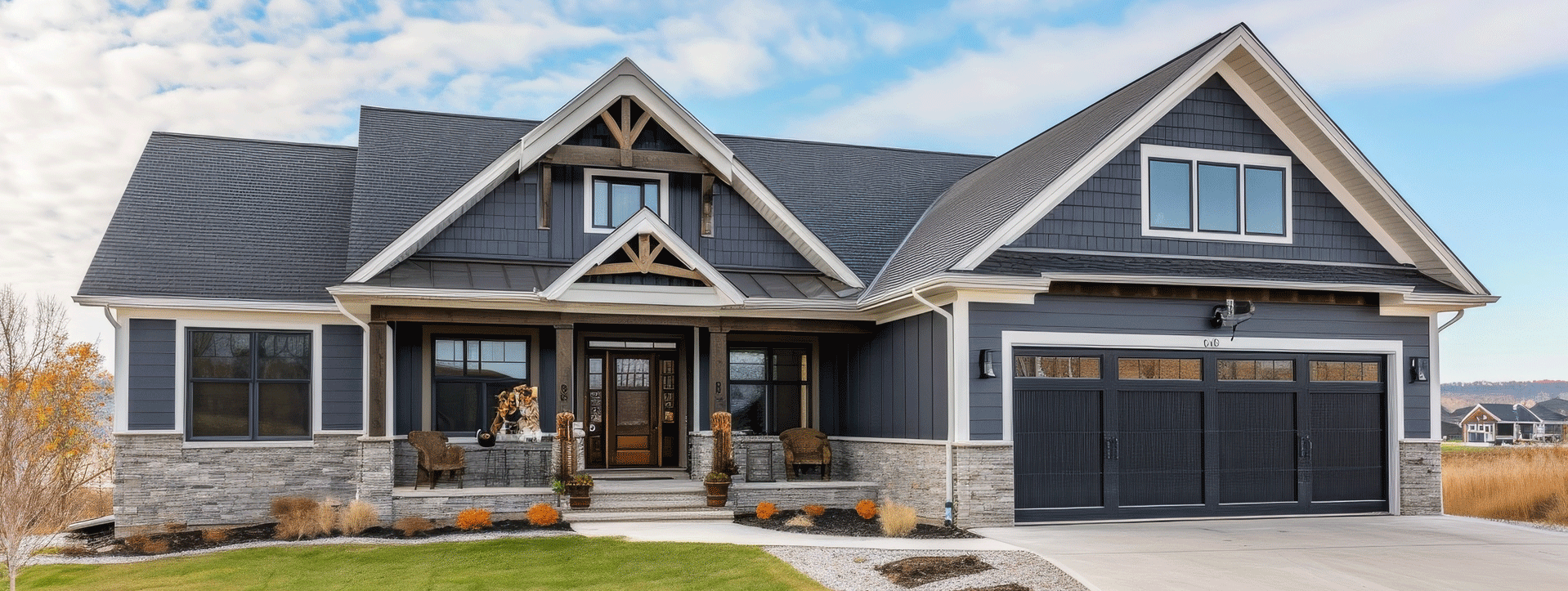Coeur d'Alene's Painting Experts
delivering lasting results.
Experience the peace of mind that comes with a professional finish—built for beauty, engineered for longevity, and backed by the CDA Painting Group standard.
START YOUR PROJECT NOW!Call us today at (208) 762-7432 to invest in your future!
Rooted in the community and backed by 20 years of 5-star service,CDA Painting Group is where Hayden and Coeur d'Alene go for professional results. SCHEDULE A CONSULTATION TO LEARN WHY
Your Neighbors. Your Painters. Your CDA Painting Group!
Founded in 2005, CDA Painting Group began with a simple mission: to provide the Coeur d'Alene area with a painting service that is as reliable as it is skilled. Owned and operated right here in Hayden, we’ve spent two decades building relationships with local homeowners and business managers.
We aren't a "big box" franchise; we are your neighbors. When you hire us, you get a dedicated crew that shows up on time, communicates clearly, and doesn't consider the job finished until you’ve done the final walkthrough and are 100% satisfied.
When our team arrives at your front door, you’ll know you’re in the hands of seasoned professionals who care about your experience and respect the investment you’re making in your home.
Brad and Desiree Cleave
Owners, CDA Painting Group
Exterior Painting
Ready to enhance your curb appeal with a finish that lasts? As a premier exterior painting company serving the Coeur d'Alene area, we combine meticulous prep work with premium materials to protect your investment.
Commercial Painting
Minimize downtime and maximize your property’s appeal. As a leading commercial painting company in North Idaho, CDA Painting Group provides the large-scale exterior and interior solutions your property requires.
Protect your investment with high-durability coatings designed for heavy traffic. From multi-family complexes in Hayden to industrial spaces in Coeur d'Alene, CDA Painting Group provides the large-scale exterior and interior solutions your property requires. Partner with a licensed and insured team that delivers excellence on every floor.
Interior Painting
Elevate your home’s value with the interior painting company Hayden homeowners trust for fine-finish results. Whether it’s kitchen cabinets or a full-home repaint, we deliver a flawless finish that lasts.
We take the stress out of home improvement by handling every detail, including drywall repairs, professional masking to protect your furniture, and the use of premium, low-VOC paints for a healthier indoor environment. Whether you are updating a single room or revitalizing your entire estate, our team delivers the sharp lines and durable coverage that only a seasoned house painter in Coeur d'Alene can provide.
Painting Partners
Discover why CDA Painting Group is the region’s leading partner for contractors building new construction homes.

Complete Interior & Exterior Painting Solutions - Work with Hayden’s Best Painting Company
When it comes to revitalizing your property, CDA Painting Group is the premier painting company that Hayden homeowners trust for quality and reliability. We specialize in both interior and exterior painting, providing tailored solutions that stand up to the unique North Idaho climate. Whether you’re looking to modernize your living space with a fresh interior palette or need a high-durability exterior finish for your home in Hayden Lake, our expert team delivers precision craftsmanship and tidy workspaces every time. As a locally owned and operated business, we combine professional-grade materials with two decades of experience to ensure your interior and exterior painting projects result in a beautiful, long-lasting finish that increases your home's value and curb appeal.

3 Easy Steps... Here's how it works...
Schedule a Consultation
Tell us about your project, your goals, and your timeline. We want to understand your vision and help you make decisions that support it.
Get an Estimate
We’ll provide a clear, accurate, and detailed estimate that covers every aspect of your project. Communication is essential, and it starts here.
Experience Fine Craftsmanship
Our highly-trained team will surprise you with the amount of preparation and technique used to bring your vision to life.
Choose experience and expertise for your next painting project
Ready to refresh your home? Get a detailed, transparent estimate from Hayden’s local experts. No hidden fees, just honest craftsmanship.
START YOUR FREE ESTIMATECDA Painting Group is a licensed and insured Painting Company in Coeur d'Alene, proudly serving Hayden, Post Falls, and the surrounding Kootenai County area with excellence.





